
Kevin Ah-Sen
Related Authors
NUKHET VARLIK
Rutgers at Newark
Paolo Zublena
Università degli Studi di Genova
Susan Best
Griffith University
Lucas R . Platero
Universidad Rey Juan Carlos
Gal Ventura
The Hebrew University of Jerusalem
David M Stone
University of Delaware
Rafael M. Mérida Jiménez
Universitat de Lleida
Paola Bacchetta
University of California, Berkeley
Mariska Jung
Vrije Universiteit Brussel
Pamela Osborn
Kingston University, London
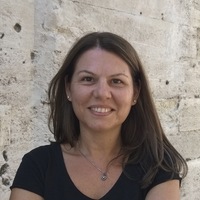
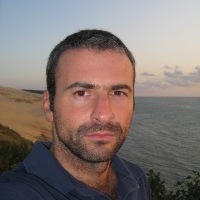

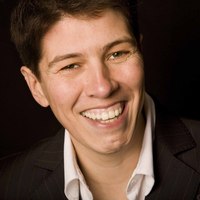
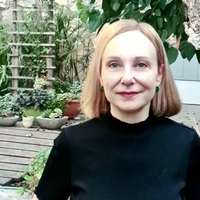
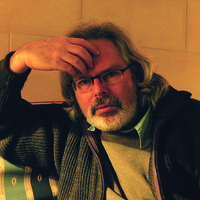




Uploads
Papers by Kevin Ah-Sen
ularization of videomaking in participatory visual research, a genre of
arts-based method, with a particular emphasis on the regime of extraction
that is ignored in one of its most significant steps: recording. Often ren-
dered as a visual metaphorical substitute or a backdrop, the author dis-
cusses how colonial relations to the built and natural environments have
set the conditions for extractive practices where audio-visual recording as
a form of capture demands a reimagined relational ethics to place. Within
this extractive relation, the author observes how built and natural envi-
ronments are understood as readily available and unlimited aesthetic
resources for artmaking. This intervention seeks not to be prescriptive
but rather offers a descriptive account of the epistemological and onto-
logical contradictions in the current celebration of innovative approaches
to research in education.
ularization of videomaking in participatory visual research, a genre of
arts-based method, with a particular emphasis on the regime of extraction
that is ignored in one of its most significant steps: recording. Often ren-
dered as a visual metaphorical substitute or a backdrop, the author dis-
cusses how colonial relations to the built and natural environments have
set the conditions for extractive practices where audio-visual recording as
a form of capture demands a reimagined relational ethics to place. Within
this extractive relation, the author observes how built and natural envi-
ronments are understood as readily available and unlimited aesthetic
resources for artmaking. This intervention seeks not to be prescriptive
but rather offers a descriptive account of the epistemological and onto-
logical contradictions in the current celebration of innovative approaches
to research in education.